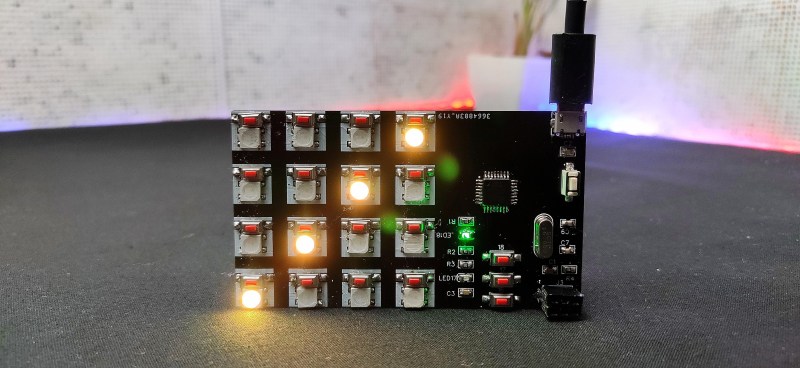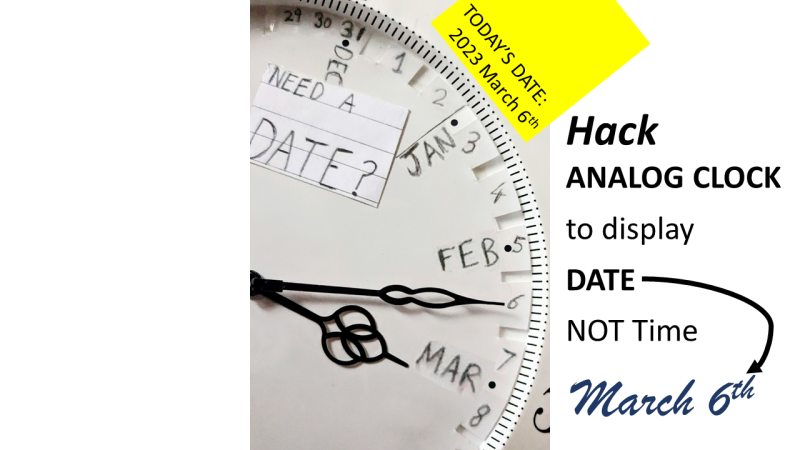Last year I blogged about MATE ‘s Monterey Bay Regional underwater ROV competition in Underwater ROV contest. I coached a robotics club at my son’s high school, and they built a small vehicle which they barely got into the water the day before the contest, because we started so late.
Although my son is being home-schooled this year, we have kept the team going, losing one member and picking up another (so we still have only 3). The robotics club is no longer affiliated with a school, but that makes no difference, as all the school provided us was an inconvenient time to meet (lunch on Tuesdays) and 15 minutes in the pool once. We meet for 3 hours on Sundays at my house, which gives them enough time to get something done.
I’m still paying the expenses out of my own pocket, and we now have the construction of the vehicle taking up about a third of our living room (the benchtop drill press is the first thing you see on entering the house, unless it is on the floor to make room on the robotics table for the scroll saw).
The students have made considerable progress since last year, having replaced the high-resistance tether and switch box with a low-resistance power wire and a dry box that will house an Arduino microprocessor with H-bridge chips. They’ve made the tether with a waterproof disconnect and have tested everything for water tightness (though only at bathtub depth, not 10 feet deep). I think that they’ll have the basic vehicle and electronics finished by the end of January, leaving some time for designing and building mission-specific tools, programming the Arduino and the laptop GUI, and learning to pilot the vehicle. Now we just have to find a pool to practice in.
The club members have gotten much more independent this year, so my coaching involves my making some suggestions about what they should work on at the beginning of the meeting, checking to see how they are doing about once an hour, and having a discussion with them about what they’ll need to design or build next over snacks near the end of the meeting. I also try to get them to give me specific parts to buy, but I usually end up having to find and select parts for them. If the group were bigger (and my wallet more able to tolerate mistakes), I could have the students doing more of the purchasing.
The challenges for this year have been published, and they are in the usual verbose style. I may have a hard time getting all the students to read the specs carefully, since the specs go on and on with irrelevant “color” hiding the nuggets of critical information. I’m not looking forward to making the items needed for practicing the missions this year, since they are described in the same wordy way as last year (which I found difficult to follow in several places), and they haven’t even released photos or drawings of what the objects are supposed to look like. Trying to re-create the objects from the turgid assembly directions without pictures is going to be a nightmare.
The contest does not have any tasks this year that need a depth gauge (but I bought a pressure sensor, so the students will measure depth!), but they will need to determine compass headings, so we’re trying to decide whether to get a cheap compass and put it in the camera view, or add an electronic compass module to the electronics in the dry box. An electronic compass is definitely cooler, but we may be running out of pins on the Arduino.
Related Articles
Tagged:
Arduino,
contests,
electronic compass,
H-bridge,
remotely operated underwater vehicle,
robotics,
ROV 













